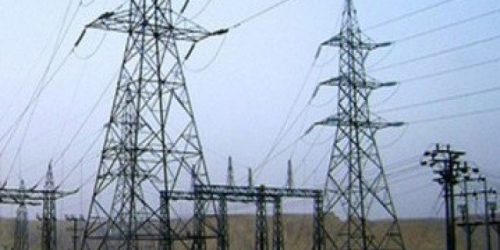The country’s power generation (ex-KE) continues to grow at a very modest rate. The 8MFY21 generation numbers are out depicting a meager increase of 2.69 percent year-on-year in the net electricity generation at 81 billion units. Recall that the generation has been static for three years around 120 billion units for the full year.
That the power generation mix is significantly improved from the yesteryears is not news anymore. Increased hydel contribution, more and more plants on coal and imported gas, and gradual induction of nuclear power have all combined to reduce the overall fuel cost of generation, which has come down to under Rs5 per unit.

The improved generation mix has not necessarily translated into lower average tariffs, as the capacity component has increased at an alarming rate. Even within the fuel cost, continuous disregard for the economic merit order and plant inefficiencies have constantly returned higher than reference fuel cost, month after month.
February is historically the month with lowest demand, hence furnace oil stayed away. The gas demand also comes down from the winters peak in February demand, which keeps furnace oil away, as enough fuel is available to run plants without furnace oil. The Ministry of Energy claims that the industrial power consumption in February 2021 went up by 15 percent year-on-year, marking the third consecutive of double-digit growth.
This also implies the domestic and commercial power demand is not growing, considering that industrial consumption is 25 percent of the total. Negative growth in domestic power consumption is something that has never been experienced in at least a decade. The increased share of industrial consumption, however, bodes well for the overall financial health of the sector. Industrial consumers are regarded the best bill payers, with recovery close to 100 percent and negligible T&D losses. A considerable increase in industrial demand should help address that problem to some extent.

In term of reference fuel tariffs, February marked the eighth consecutive month, where actual fuel cost missed the reference. The average actual fuel cost has been higher by Rs1.01 per unit in the eight months of the fiscal year so far. With oil prices slightly higher than 1HFY21, fuel costs are at a risk of being on the higher side for the remainder of FY21, as imported fuel still constitutes the bulk of thermal generation.
On the brighter side, the recent addition of incremental nuclear power to the grid should bring the weighted average fuel cost down – nuclear being the cheapest fuel source after hydel. With overall tariffs slated to go up as per the Circular Debt Management Plans – the monthly FCA revisions now look relatively small in the larger scheme of things. And if energy affordability is not a priority anymore, this will soon become irrelevant too, as better mix alone is clearly not yielding the results once aimed.





